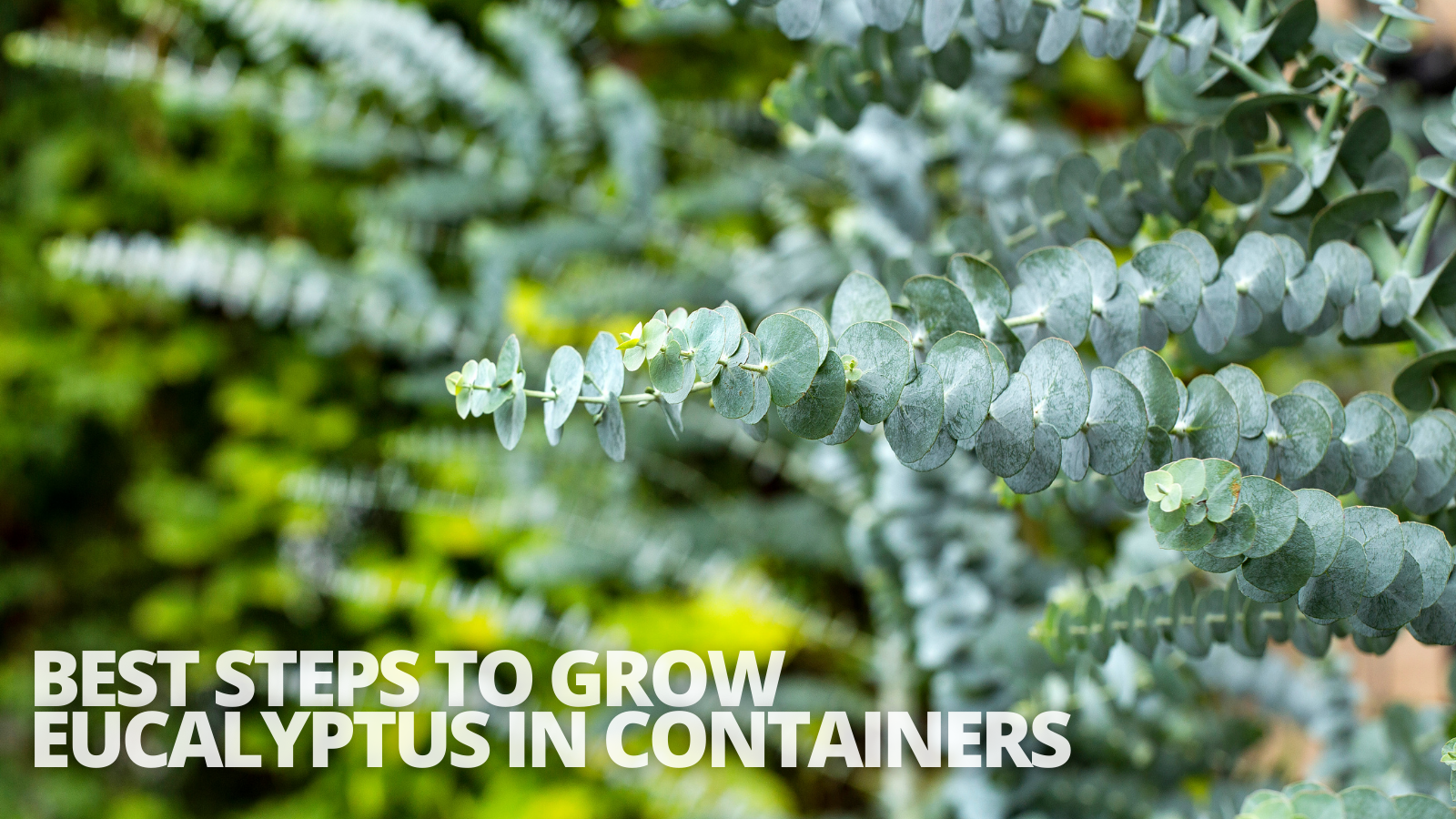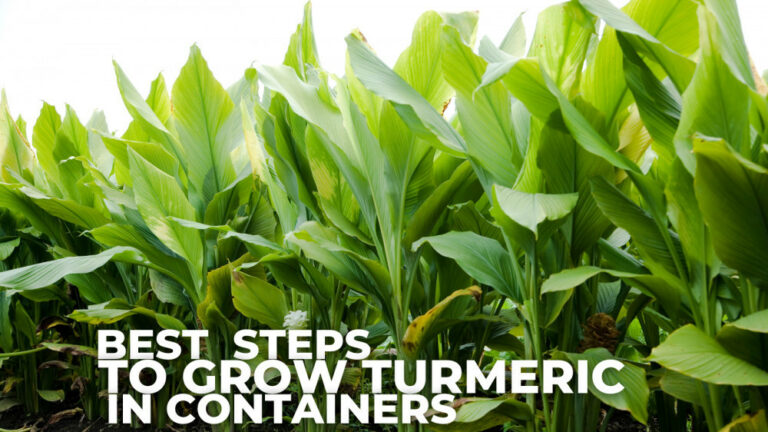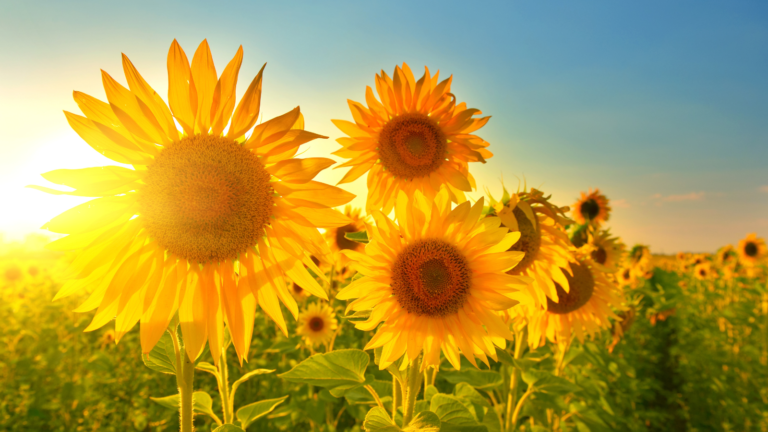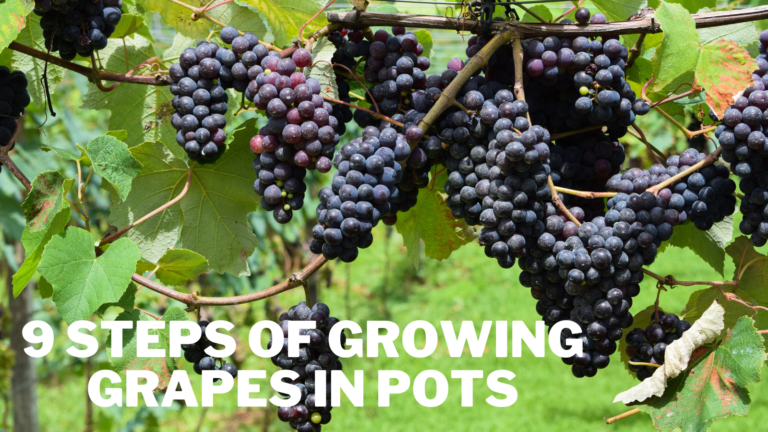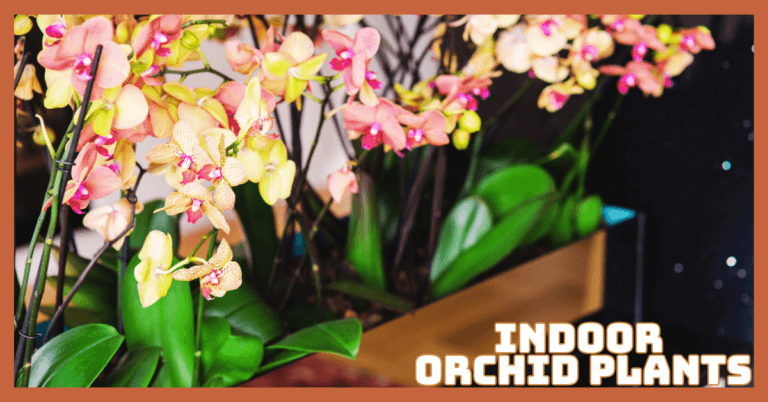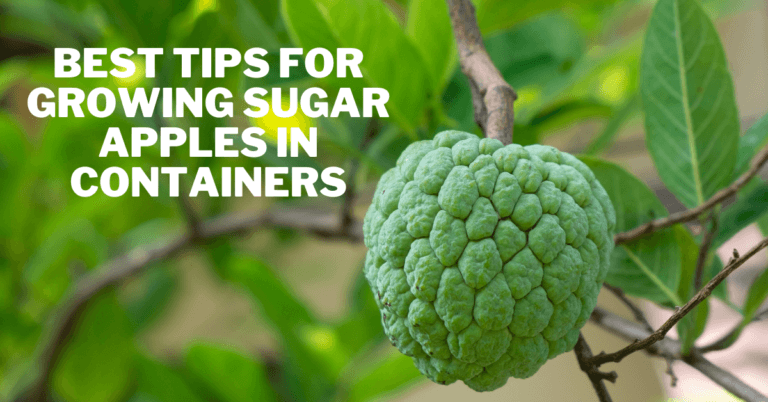Best Steps To Grow Eucalyptus In Containers
Best Steps To Grow Eucalyptus In Containers
You may be best familiar with eucalyptus plants (Eucalyptus cinerea), a favourite food of koalas. In its native Australian setting, this evergreen tree can reach about 60 feet.
Eucalyptus, however, typically grows just 6 to 10 feet high when planted in household gardens.
On the smaller branches, the bark is reddish-brown and peeling. The plant's distinctive menthol-like scent is released when the leaves are damaged.
Spring is the ideal time to grow eucalyptus trees. They can grow several feet per year. Knowing that eucalyptus sap, bark, and leaves are poisonous is significant. The blog will show you how to grow Eucalyptus in containers.
History & Origin Of Eucalyptus
The Eucalyptus tree originated in Australia, where the Kuala bear consumes it as food. Although it has spread to Southern Europe, India, and Africa, the Eucalyptus is most widespread in California, where it is frequently considered a native tree.
The vast genus eucalyptus, also known as Eucalyptus, has more than 660 species of tall shrubs and trees that are endemic to Australia, Tasmania, and adjacent islands.
In Australia, eucalypti are often known as gum trees or stringybark trees.
Various species are commonly grown in temperate locations worldwide, either as shade trees or in forestry operations.
One of the Myrtales order's most economically valuable subgroups is eucalyptus trees.
The eucalypti proliferate, and many species get pretty tall. One of the largest species is the mountain ash (Eucalyptus regnans), which grows in Tasmania and Victoria. It may reach up to 300 feet and a circumference of 7.5 meters (24.5 feet).
Many species continuously exfoliate the outermost layer of dead bark in flakes or ribbons, yet some other species have thick, texturized bark.
The leaves are leathery and frequently hang vertically or slanted; most species are evergreen. Upon the flower's expansion, the petals unite to form a cap.
Countless tiny seeds are inside the woody cup-shaped receptacle surrounding the capsule fruit. The most significant fruits, measuring between 2 and 2.5 inches (5 to 6 cm), are produced here.
Many species, particularly Tasmanian bluegum (E. globulus) and black peppermint tree (E. salicifolia), have volatile aromatic oils in their leaf glands known as eucalyptus oil.
It is mainly used in medicine and is an active component of inhalants and expectorants.
Tasmanian bluegum, northern gray ironbark (E. siderophloia), and other species generate Botany Bay kino, an astringent, dark reddish resin obtained by cutting incisions in the tree trunk.
Eucalyptus wood is commonly utilized as fuel in Australia, and timber is regularly used for building and fencing projects.
Among the many eucalypti species that produce timber are the northern gray ironbark, jarrah (E. marginata), messmate stringybark (E. obliqua), red mahogany (E. resinifera), Tasmanian bluegum, white ironbark, or yellow gum (E. leucoxylon), and others. Bark from many species is utilized in the tanning and paper production processes.
Types Of Eucalyptus
Large flowering trees and shrubs called eucalyptus trees have fragrant leaves and attractive, smooth, peeling bark.
Gum trees are several varieties of eucalyptus trees, while gum nuts are the name of the eucalyptus plant's fruit.
Eucalyptus plants from Australia are now found in tropical and temperate regions. You should know about the best varieties to grow Eucalyptus in containers perfectly.
This name is also known as mallet eucalyptus species with open branches.
1. Mallet Eucalyptus
This name is mallet eucalyptus varieties with open branches. Their trunk is the only one. With plenty of room between them, the units are strongly inclined upward.
The lignotuber and epicormic buds present in Eucalyptus astringent are absent from them. The USDA's Plant Hardiness Zones 9 through 10 apply to them.
People commonly call it the Brown Mallet. It originated in the South West of Western Australia.
The ridges, rocky outcrops, hills, breakaways, and valley floors of Western Australia's Great Southern, South West Goldfields-Esperance, and Southern Whaetball regions are regularly encountered.
2. Eucalyptus Cladocalyx
It is often referred to as Sugar Gum. It is a South Australian product. It can be found in three different geographical locations: the Eyre Peninsula, the Flinders Ranges, and Kangaroo Island.
The qualities of sugar gums vary depending on the locale. The Flinders Ranges sugar gum often reaches a height of 115 feet.
They have a straight trunk, which is a classic gum habit. The diameter of the box ranges from 3.3 to 4.11 feet.
They have sharp branches that appear halfway up. A little canopy is at the end of each main Sugar gum branch. They are grown as farm windbreaks and planted for their wood.
3. Eucalyptus Manner
The Brittle Gum is its common name. Eastern Australia is where it is from. The height and spread of brittle gum can reach 20 meters.
They have a smooth, white trunk with gray patches on it. In the late spring or summer, these grey spots turn pink.
Before it sheds, the bark takes on a reddish hue. They have a habit of openly spreading. Its limbs are twisted.
The thin leaves are a colourless drab green. The clusters of creamy white blooms bloom from the summer until the fall.
4. Eucalyptus Platypus
It is sometimes referred to as Moort. The region between Albany and Esperance is home to this little tree, which is native to Western Australia.
The height of these trees ranges from 5 to 33 feet. Their width ranges from 16 to 33 feet. A dense canopy surrounds the trees. The leaves are glossy, concolorous, green or grey-green and elliptical to orbicular in form.
Moort have smooth, grey-brown, light brown, or copper-coloured bark that gradually turns grey as the tree ages. They have a single stem and grow in thickets. They might not have a fully formed lignotuber.
5. Eucalyptus Conferruminate
Its popular names include Bushy Yate and bald island marlock.
The south coast of Western Australia is where it was originally found. The Bald Island marlock grows from 7 to 26 feet tall.
The bark is smooth with a gray or whitish-grey hue. They grow in a bushy manner.
Adult leaves measure around 3.5 inches long and 0.98 inches wide. They are glossy, elliptical, light green in hue, and concolorous.
Some flowers are yellow-green. Every axillary inflorescence contains 7 to 20 blooms. The hypanthia in the sessile buds have merged.
The fruits of the Bald Island marlock feature an ascending disc and three prominently exserted valves.
Grow Eucalyptus In Containers
Although eucalyptus trees are indigenous to Australia, they may grow anywhere with average daily temperatures above 10°F (12°C).
Eucalyptus comes in various varieties, but they are all known for having silvery leaves that are highly scented and frequently used in floral arrangements.
Because eucalyptus trees multiply and dislike being transplanted, they don't fare well as potted plants. Additionally, being rootbound in a pot will also slow growth.
Choose The Right Container
The Air-pot “air-prunes” the roots, which promotes the growth of new roots and keeps the foliage looking healthy.
Traditional smooth-walled pots or grow bags are unsuitable for Eucalyptus, mainly if you want to plant them in the ground.
The basic rule is to increase the size of the pot by at least four times the capacity of your planted tree. As an illustration, a 3-litre air pot would fit into a 12 or 20-litre container.
A 30-litre can fit into a 100-litre in larger, more adaptable sizes. Root pruning should be possible when there is an air gap of at least 30 mm between the air pot and your decorative container.
Your tree may experience severe stress if you move the pot and damage a sneaky tap root!
Soil To Grow Eucalyptus In Containers
Tree compost must be dependable, resilient, drained freely, and moisture-retentive. Any plant will suffer from using cheap compost.
With John Innes No. 1, Ericaceous compost, Swell-Gel, and low-nitrogen fertilizer granules, you can quickly create your blend to simplify your life over time and keep your Eucalyptus happy.
Alternately, you might get something peat-free and made of bark. Cover the compost with a layer of bark chips to stop water from evaporating, or weigh it down with slate or big pebbles.
Grow Eucalyptus From Seed
When thinking about how to grow Eucalyptus from seed, remember that the seeds need to be cooled in the fridge for two months before planting.
Sow them indoors in the late winter, ten to twelve weeks before your region's last anticipated frost date.
To prevent damaging the roots, place seeds in peat pots with a seed-starting mixture that you may plant directly into the ground.
Scatter seeds in a thin layer on top of the growing media. Keep the growing medium moist but never soggy by misting it, and place the pots in a warm location with indirect bright light.
In two to three weeks, seeds ought to start to sprout. The seedlings are prepared for outdoor planting once they reach a height of around 6 inches.
Sunlight
Since Eucalyptus prefers bright lighting, place your plant in an area of your yard that receives at least six hours of direct sunlight each day.
They are glossy, elliptical, light green in hue, and concolorous. Some flowers are yellow-green. Every axillary inflorescence contains 7 to 20 blooms. The hypanthia in the sessile buds have merged.
Watering To Grow Eucalyptus In Containers
Once established, Eucalyptus is moderately drought-tolerant. It may drop leaves if left dry for an extended amount of time, though, as it dislikes that.
A decent rule of thumb is to water when your fingertip can be inserted into the soil and feels dry. If there hasn't been any rain, especially for container plants, this usually amounts to weekly watering.
Temperature & Humidity For Eucalyptus
Eucalyptus enjoys moderate humidity and mild temperatures between 65 to 75 degrees Fahrenheit.
Temperatures below 50° Fahrenheit cannot be endured for an extended period by it. So, if your plant is growing in a container, bring it inside when it looks like it will be cold outside.
Fertilizer
While Eucalyptus tree leaves make excellent mulch in and of themselves, you can also utilize other organic materials like pine needles or shredded bark.
A young tree needs mulching more than any different kind of tree. It stops competing with unwanted plants like weeds from interfering with the tree's feeding schedule and slowing its growth.
Remove about three feet of vegetation from the area surrounding the tree's trunk, then add a thick layer of mulch to protect it. In hot weather, it stops moisture loss, while in the winter, it maintains soil temperature.
Make sure your mulch doesn't compost because that generates nitrogen, which the tree cannot use.
Pruning
In general, eucalyptus trees don't require much pruning. To maintain the plant's appearance, you can prune overgrown, damaged, or misshaped branches.
Summer is the ideal time to prune, but stay away from it when it's humid outside.
Propagating
Nursery plants or purchased seeds are often used to grow eucalyptus trees. Trees in backyard gardens don't typically produce flowers or seeds.
Cuttings can also propagate them, albeit this method isn't always practical.
But considering the difficulty of getting Eucalyptus at garden centers, this is a cheap and useful method to acquire a new plant.
Because mature stems are challenging to root, the optimal time to take cuttings from a tree is when it is between two and twelve months old.
Take your cuttings as late as possible in the summer. To grow Eucalyptus from cuttings, follow these steps:
- Create a tiny pot by combining perlite with 3 parts of composted tree bark. Add slow-release fertilizer according to the label's recommendations for the pot's size. Rehydrate the growth medium.
- Cut a stem about 5 inches long with four to eight leaves using sterile pruning shears. Trim a leaf node slightly above it.
- Eliminate the leaves from the cutting's lower half.
- After dipping the cut end in a rooting hormone, plant it in the growing media almost to the level of the leaves.
- Maintain the container in a room with indirect light that is bright and about 70°F. Make sure the ground is kept just slightly damp.
- In about a month, roots should start to form. Afterward, you can transfer the young plant to a more sunny spot and progressively space out your watering. Bring it outside for progressively more extended periods until the weather is warm enough before putting it in the garden.
Potting & Repotting Eucalyptus
In climates outside of their hardiness zones, eucalyptus plants are frequently grown in pots. Gardeners can bring their plants indoors to shield them from the cold by increasing Eucalyptus in pots.
Due to its rapid growth, many gardeners regard container eucalyptus plants as annuals and start fresh every year.
Because of this, they may still be kept in check as houseplants and for use on patios and balconies.
These plants don't want to have their roots disturbed. It is best to start with a large container to avoid needing to re-pot. It's best to use a 5-gallon container.
Even though unglazed clay is the best material for allowing additional moisture to evaporate through its walls, a plastic container would be preferred because it is lighter and simpler to move around.
Use a high-quality, quick-draining potting mix, and ensure that any container has enough drainage holes.
Overwintering
Eucalyptus plants growing in containers outside their hardiness zones must be moved inside to survive the winter.
Avoid exposing your plant to frost, harming or destroying the foliage. For the winter, put it close to your brightest window, preferably one that faces south. Do not fertilize the plant, and reduce watering somewhat.
Pests & Diseases Of Eucalyptus
The majority of serious pest and disease issues don't harm eucalyptus plants. Eucalyptus long-horned borers, even on stressed plants, are not usually seen.
Bark holes, sap that seeps from the tree, and discoloured foliage are all signs of an infestation.
The affected portion of the plant needs to be removed immediately because borers are resistant to insecticides.
Too little rainfall may result in eucalyptus tree leaves turning brown. If you observe leaves curling or falling as well, that is probably the problem.
In that scenario, increase your watering to maintain a light misty but not saturated earth.
Brown leaves are a symptom of sickness, particularly fungus-related disorders. Remove the afflicted piece right away if it's only a tiny region.
Harvesting Eucalyptus
Gathering eucalyptus branches and using the stems and leaves for floral arrangements is simple. Simply trim the eucalyptus branches to the necessary height.
After drying, you can clip the leaves off the eucalyptus stalks or use them as decorative accents.
The leaves of the eucalyptus plant can also be pinched off and spread out to dry on paper towels.
Occasionally, eucalyptus leaves are added to potpourri to smell dwellings. Some folks crush the dried leaves for natural bug repellent.
Drying & Preserving Of Eucalyptus
The same methods used to dry plants are used to dry eucalyptus leaves. Make a tiny bundle of branches after collecting the components from the eucalyptus tree or shrub.
Hang the eucalyptus branches upside-down for 2-3 weeks in a dry place with lots of airflow. Avoid direct sunlight when drying eucalyptus leaves.
Eucalyptus leaves can be preserved and used for crafts. This needs glycerin, a large jar, and boiling water. Boiling water needs to combine with two parts of glycerin.
Pour the chilled liquid into a large glass jar. In the liquid, place the eucalyptus branches with leaves. The leaves will change colour and become suitable for crafts in two to six weeks.
Conclusion
It is obtained in various lozenges, cough drops, rubs, and vapour baths in the US and Europe.
According to herbalists, gargling with fresh leaves can help relieve sore throats, heal bronchitis and sinusitis, and soothe sore throats.
Additionally, eucalyptus ointments are used on the chest and nose to reduce congestion.
I trust you enjoyed this article on the Best Steps To Grow Eucalyptus In Containers. Please stay tuned for more blog posts to come shortly. Take care!
JeannetteZ
>>>Please click here to read my all-inclusive article about Container Gardening<<<
>>>Are you interested in homegrown herbs and medicine? Please click here to find out more about it!<<<
Your Opinion Is Important To Me
Thoughts? Ideas? Questions? I would love to hear from you. Please leave me your questions, experience, and remarks about this article about the Best Steps To Grow Eucalyptus In Containers in the comments section below. You can also reach me by email at Jeannette@Close-To-Nature.org.
Disclosure
This post may contain affiliate links. As an Amazon Associate and other affiliate programs, I earn from qualifying purchases at no extra cost to you. Read my full affiliate disclosure.
You might also enjoy these blog posts:
Best Steps To Grow Acai In Containers
Best Steps To Grow Jasmine In Containers
Best Steps To Grow Valerian In Containers
Best Steps To Grow Magnolia In Containers
Best Steps To Grow Azaleas In Containers

